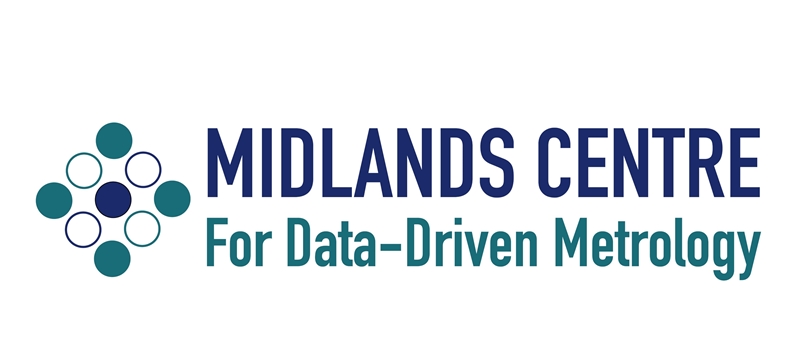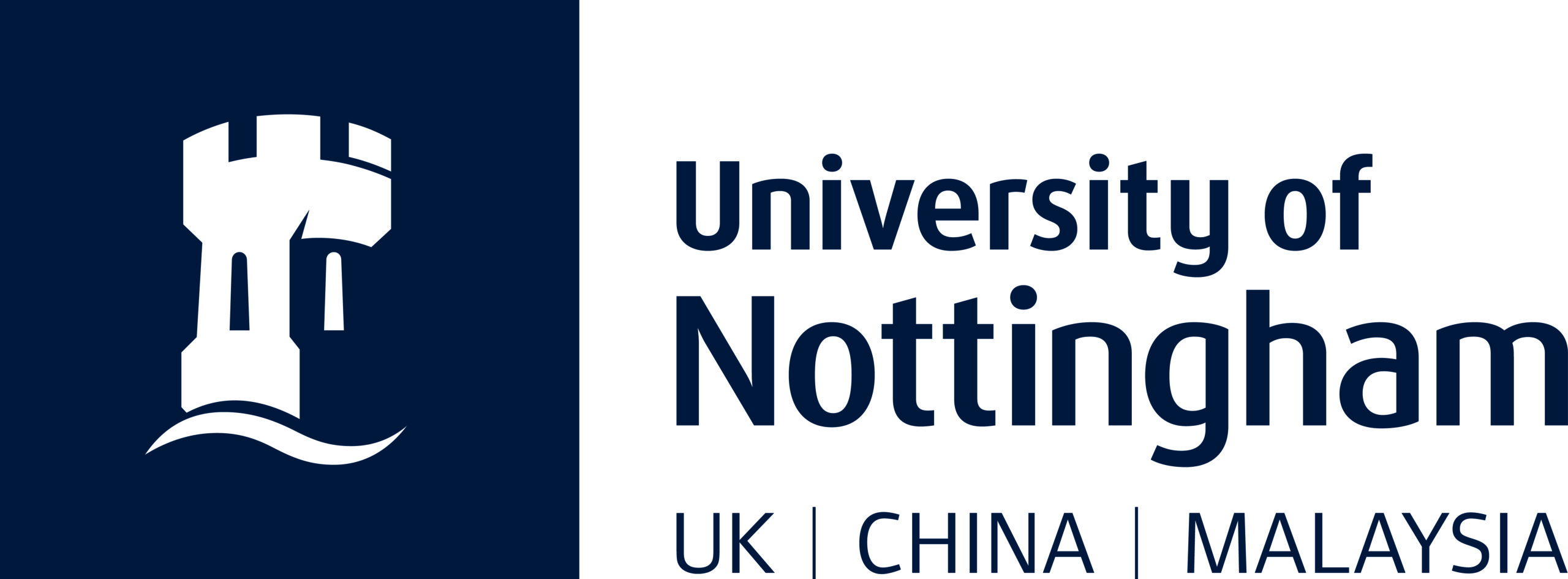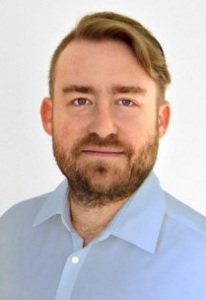Project Description
Special Interest Conference : Structured & Freeform Surfaces
10th – 12th September 2024
Special Interest Conference: Structured & Freeform Surfaces
University of Nottingham, UK
10th – 12th September 2024
Structured and Freeform Surfaces play an increasingly important role in many technology advancements ranging from optics to biomedical and energy applications. The functional characteristics of such surfaces supersede those of “traditional” surfaces, thus opening research and development avenues and new challenges for their specification, fabrication, measurement and verification.
The next euspen Special Interest Conference (SIC) on Structured and Freeform Surfaces meeting will bring together researchers and practitioners from academia, industry and government agencies to discuss state-of-the-art practice, and key research and development in the area of precision engineering associated with structured and freeform surfaces. The meeting includes keynote presentations, oral sessions, posters and training seminars covering the newest developments and research on structured and freeform surfaces.
The organising committee and local hosts for euspen‘s Special Interest Conference on Structured Freeform Surfaces are:- Prof. Benny Cheung from The Hong Kong Polytechnic University, HK; Bronya Norton, University of Nottingham UK; Prof. Samanta Piano, University of Nottingham UK; Dr Oltmann Riemer from LFM, University of Bremen, DE; Prof. Guido Tosello from Technical University of Denmark, DK; Prof. Ben Whiteside from University of Bradford.
This event is supported by our local host:


A special focus will be given to research fields in the following topics:
Replication and additive techniques
- Surface functionalisation
- Replication processes (moulding, imprinting, embossing, …)
- 3D micro-additive manufacturing technologies
- Replication assessment and tolerance verification
Structured surfaces to affect function
- Structured surfaces characterization, combining structured and freeform geometries
- Functionality and structure (tribology, biology, …)
- Manufacturing and measurement (in-line, in-situ), process control
- Dimensional metrology for structured surfaces
Precision freeform surfaces
- Freeform surface characterisation
- Functionality and topography (optics, aeronautics, …)
- Manufacturing and measurement (in-line, in-situ), process control
- Dimensional metrology for freeform surfaces
Large-scale surface structuring
- Microstructures on large-scale surfaces (rigid and non-rigid)
- Roll-to-roll patterning and structuring
- Manufacturing and measurement (in-line, in-situ), process control
- Dimensional metrology for large-scale surfaces
Metrology, design and tolerances of structured and freeform surfaces
Subtractive technologies
Key Dates:
5th July 2024
Online abstract submission extended deadline
19th July 2024
Notification of presentation award (oral/poster)
22nd July 2024
Delegate registration open
Registration Fees
- £195 +VAT – euspen student members*
- £450 +VAT – euspen members
- £550 +VAT – Non-euspen members
- £650 +VAT – Exhibitor (table top)
- £55 +VAT – Tutorial
- £45 +VAT – Networking Dinner (Only applicable for Student Members)
* Student members fee is not inclusive of the networking dinner.
All speakers and presenters must register for the conference using the appropriate delegate fee.
Submit an abstract for Structured & Freeform Surfaces 2024
We are delighted to bring together leading expertise globally to an open forum for
focused presentations and discussions on Structured and Freeform Surfaces
Announcement & Call for Abstracts
Come and join your international peers and maintain a leading edge on technology, customers, partners and suppliers. Access the greatest minds in Structured & Freeform Surfaces. Share knowledge and information and stimulate debates.
Themes:-
- Replication and additive techniques
- Structured surfaces to affect function
- Precision freeform surfaces
- Large-scale surface structuring
- Metrology, design and tolerances of structured and freeform surfaces
- Subtractive technologies
Submission of abstracts
Abstracts are expected to describe original work, previously unpublished and should indicate new and significant advances and their importance. Initially short abstracts comprising of approx. 300 words in length should be submitted online using the below links.
Following review a review of submitted abstracts, authors will be notified of acceptance of presentation mode (poster/oral).
The invitation to submit an abstract does not constitute an offer to pay travel, accommodation or registration costs associated with the conference. Similarly, no speaker fee is paid to successful participants. All speakers must register for the conference and transfer registration fee. In specific cases the organising committee reserves the right to deviate from the standard procedure.
Submission deadline: 5th July 2024
Keynotes & SOTA
Prof. Gerardo Adesso
University of Nottingham, UK
Surface metrology and roughness estimation at the quantum limit
Since the invention of optical imaging devices, such as microscopes and telescopes, there has been a quest to enhance their resolution. A fundamental limitation, known as the Rayleigh limit, is associated with diffraction: conventional optical systems cannot resolve angular separations smaller than the wavelength of the emitted light. In the last decades, a number of techniques for circumventing the diffraction limit in microscopy have been proposed, defining a field called superresolution imaging. However, these approaches are either operational in the near-field, or rely on non-linear probing, which makes them expensive, invasive, and not universally applicable. Very recently, advances in quantum metrology have revealed that these drawbacks can be bypassed and the Rayleigh limit can be beaten by applying a fundamentally different method of detection. Rather than measuring the intensity as a function of the transverse position in the collection plane (as the traditional direct imaging approach), one can measure the correlation of electromagnetic field amplitudes at different transverse positions. In practice, this involves detecting the light emitted by an object in an alternative basis of spatial modes in order to extract further information about the incoming field. In this talk I will present the fundamentals of quantum parameter estimation theory as well as their applications to superresolution imaging and surface metrology. I will present our progress in the quest to design a passive linear optical device based on spatial mode demultiplexing, capable of achieving sub-Rayleigh resolution in the reconstruction of 2D and 3D samples and in principle reaching the ultimate precision limits allowed by quantum mechanics.
Biography
Gerardo Adesso is a Professor of Mathematical Physics and Director of Research in the School of Mathematical Sciences at the University of Nottingham. He received his PhD from the University of Salerno in Italy in 2007. He joined the University of Nottingham as a Lecturer in 2009 and was promoted to Associate Professor in 2014 and then to Professor in 2016. He is an expert in the fundamental characterisation and applications of genuine quantum resources to provide operational advantages in quantum technologies such as quantum communication and sensing. A former ERC Grantee, he has authored about 190 peer reviewed publications, including over 50 in Physical Review Letters, and since 2021 he is recognised as a Clarivate Highly Cited Researcher in Physics.

Prof. Dragos Axinte
University of Nottingham, UK
Unified modelling approach for time-dependent processes enable accurate generation of macro, meso and micro freeforms
We demonstrate that, despite differences in their nature, many energy beam controlled-depth machining processes (e.g. waterjet, pulsed laser, focused ion beam) can be modelled using the same mathematical framework – a partial differential evolution equation that requires only simple calibrations to capture the physics of each process. The inverse problem can be solved efficiently through numerical solution of the adjoint problem and leads to beam paths that generate prescribed three-dimensional features with minimal error. The viability of this modelling approach has been demonstrated by generating accurate freeform surfaces using three processes that operate at very different length scales and with different physical principles for material removal: waterjet, pulsed laser and focused ion beam machining. Our approach can be used to explore inverse problems for a wide range of time-dependent processes to enable a step change in generation accurate surfaces with tailored properties.
Biography
Dragos Axinte is Professor of Manufacturing Engineering at University of Nottingham UK. Graduated at University of Galati, Romania, after working in industrial research for eight years, he held two NATO Research Fellowships in Italy and Denmark and then moved to UK to carry out research with University of Birmingham and later with University of Nottingham. He was appointed Lecturer in Manufacturing Engineering (2005) and successively promoted to Associate Professor (2007), Reader (2010) and Professor (2011). Since 2009 Dragos is Director of The Rolls-Royce UTC in Manufacturing and On-Wing Technology at University of Nottingham. Dragos is Fellow of CIRP and Editor-in-Chief of the International Journal of Machine Tools and Manufacture as well as Journal Materials Processing Technology. He has over 200 journal papers and over 30 granted international patents field with industry partners.
Dragos research interest is in the main following areas: Advanced Machining and Finishing Technologies, Time-Dependent Processes such as Laser Ablation, Abrasive Waterjet Machining, Monitoring of Manufacturing Processes, Design and Construction of Miniature Machine Tolls, Design of Innovative Robotics for Aerospace Manufacture and In-Situ Repairs in Hazardous Environments and Workpiece Surface Integrity Analysis.

Dr Raoul Roth
RhySearch, CH
Free-form metal optics – manufacturing techniques and coating processes
This presentation provides an overview of the state of the art in diamond turning of freeform surfaces and the corresponding coating technologies for optical coatings. In diamond turning, it explores slow-tool and fast-tool servo techniques, illustrated by a specific example of applications. Special attention is also paid to coating technologies, with a focus on dual ion beam sputtering and atomic layer deposition. These technologies can be used to produce uniform and high-precision coatings on both flat and curved surfaces. In addition, an overview of the characterisation of optical coatings is given and, for example, the influence of different workpiece materials on the reflectivity is shown.
Biography
Raoul Roth completed his degree in mechanical engineering at the Swiss Federal Institute of Technology Zurich (ETHZ) in 2006. After working as a research assistant in the field of manufacturing technologies at inspire AG (technology transfer organization of ETHZ), he completed his PhD in 2014 at the Institute for Machine Tools and Manufacturing (IWF) at ETHZ under the supervision of Prof. Konrad Wegener in the field of spark erosion. After a short time at the Institute for Sustainable Development at Zurich University of Applied Science (ZHAW) he returns to the IWF as a postdoc. In his postdoctoral work, he focused on surface functionalization using spark erosion and laser technologies. Raoul Roth is now working as project leader in applied research at RhySearch since 2017. His area of responsibility includes the further development of cutting technologies, ranging from single point diamond turning to 5-axis milling in a wide variety of projects.

